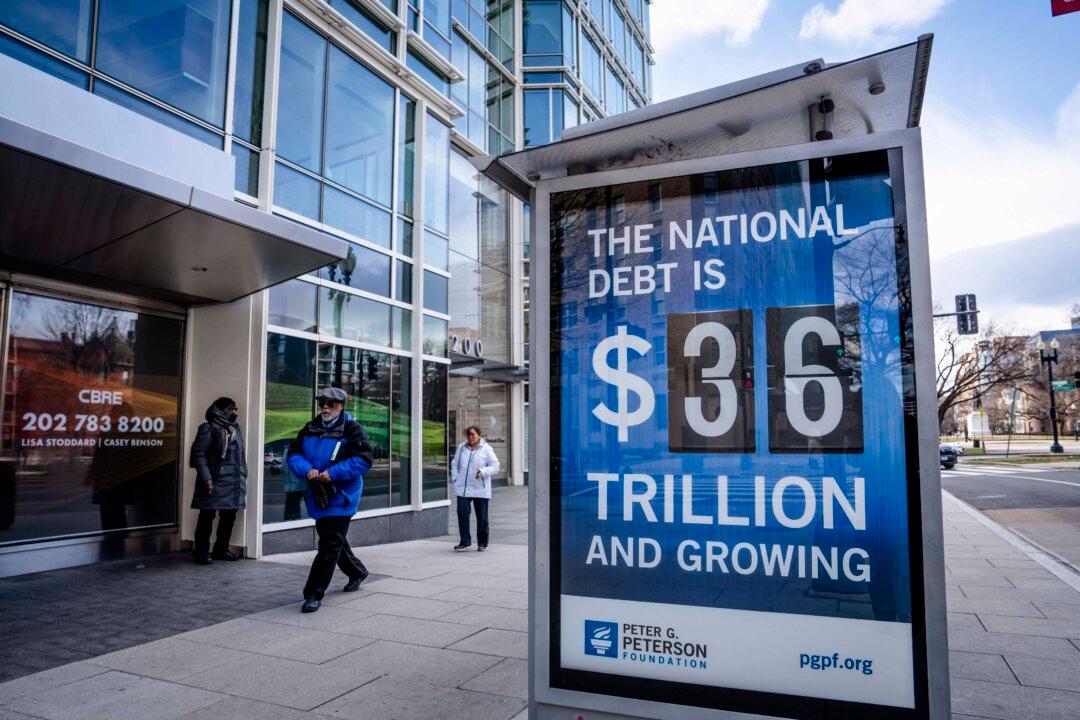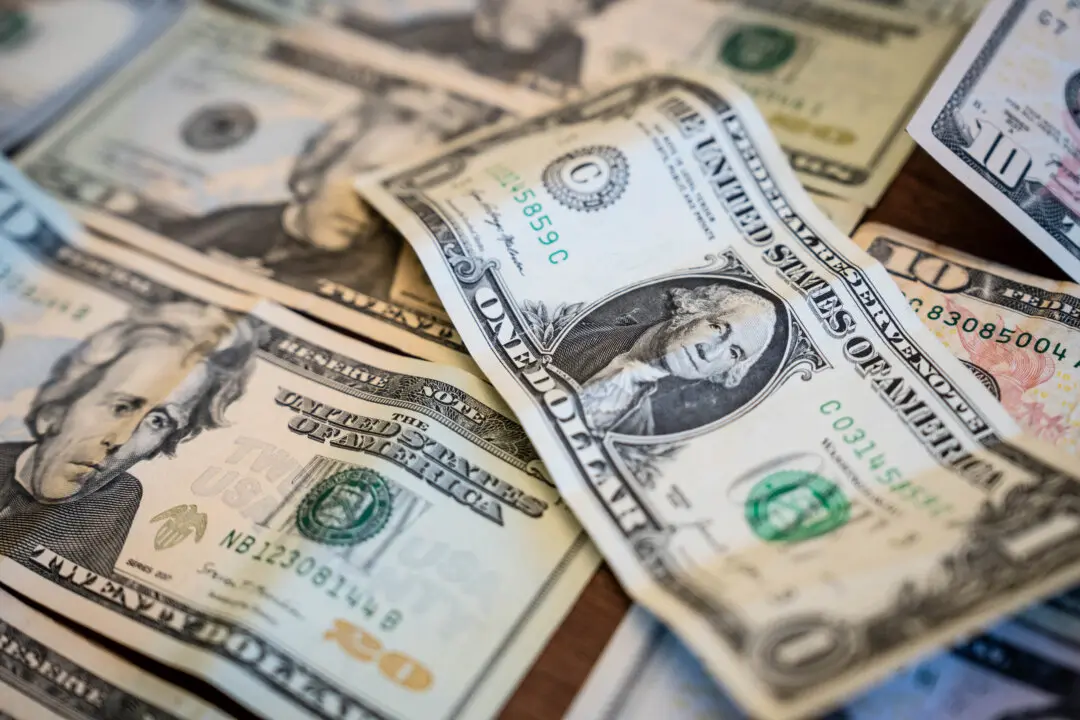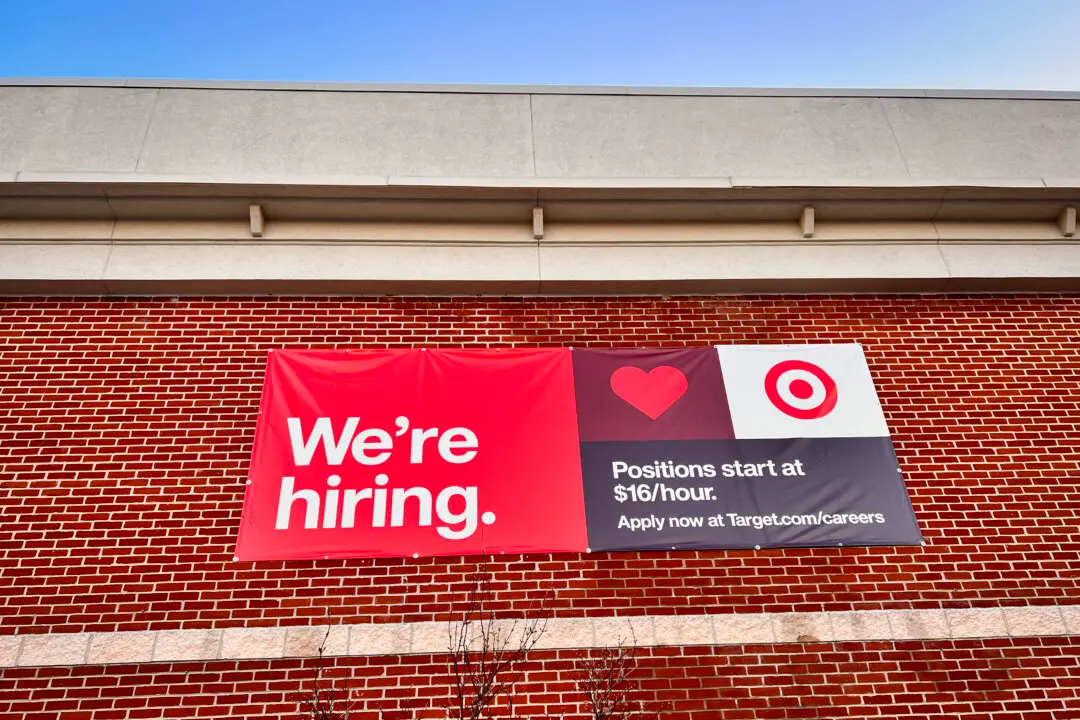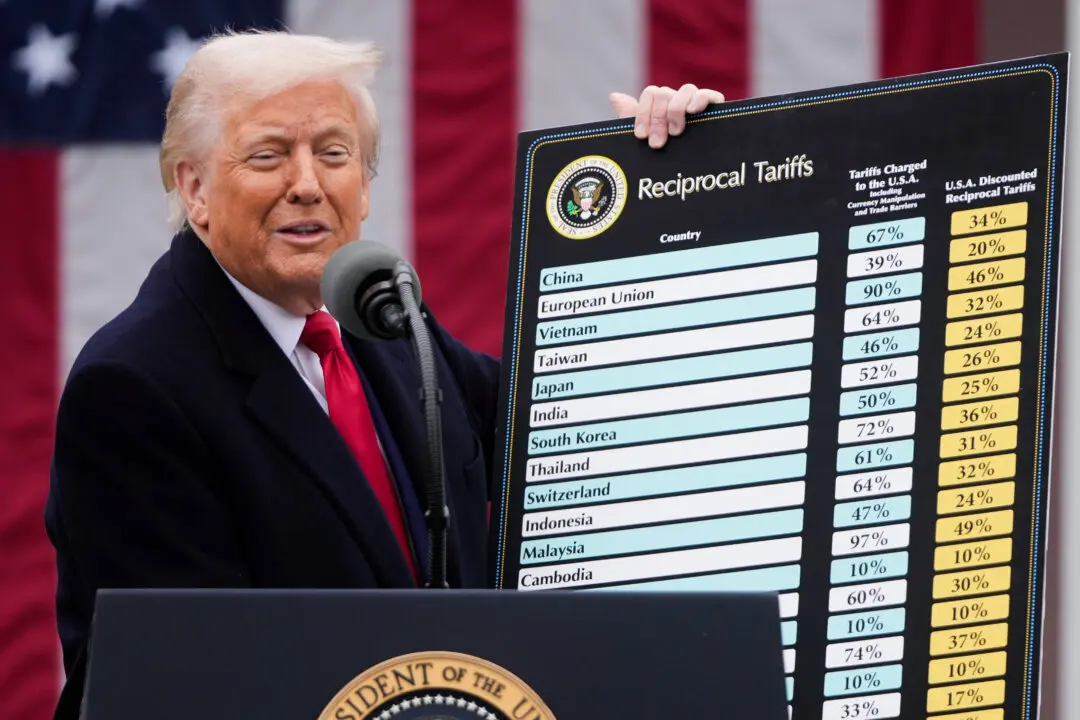A new Congressional Budget Office (CBO) report shows that the U.S. national debt is projected to increase by $23.9 trillion over the next decade even if Congress does not extend President-elect Donald Trump’s tax cuts.
The nonpartisan budget watchdog released its new 10-year baseline budget and economic outlook on Jan. 17. By 2035, public debt is expected to reach $52 trillion, equal to 118 percent of national GDP.





